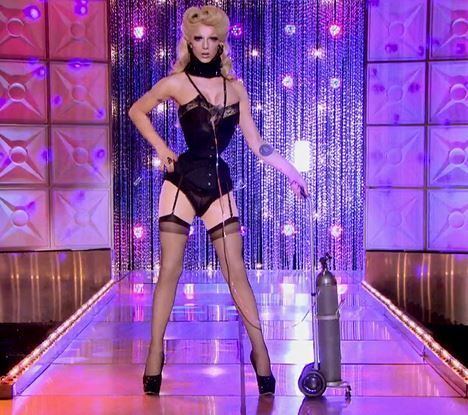- Discuss decade findings from last class
New Criticism:
New Criticism emphasizes explication, or "close reading," of "the work itself." It rejects old historicism's attention to biographical and sociological matters. Instead, the objective determination as to "how a piece works" can be found through close focus and analysis, rather than through extraneous and erudite special knowledge. It has long been the pervasive and standard approach to literature in college and high school curricula.
New Criticism, incorporating Formalism, examines the relationships between a text's ideas and its form, between what a text says and the way it says it. New Critics "may find tension, irony, or paradox in this relation, but they usually resolve it into unity and coherence of meaning" (Biddle 100). New Criticism attempts to be a science of literature, with a technical vocabulary, some of which we all had to learn in junior high school English classes (third-person, denoument, etc.). Working with patterns of sound, imagery, narrative structure, point of view, and other techniques discernible on close reading of the text, they seek to determine the function and appropriateness of these to the self-contained work.
New Critics, especially American ones in the 1940s and 1950s, attacked the standard notion of "expressive realism," the romantic fallacy that literature is the efflux of a noble soul, that for example love pours out onto the page in 14 iambic pentameter lines rhyming ABABCD etc. The goal then is not the pursuit of sincerity or authenticity, but subtlety, unity, and integrity--and these are properties of the text, not the author. The work is not the author's; it was detached at birth. The author's intentions are "neither available nor desirable" (nor even to be taken at face value when supposedly found in direct statements by authors). Meaning exists on the page. Thus, New Critics insist that the meaning of a text is intrinsic and should not be confused with the author's intentions nor the work's affective dimension (its impressionistic effects on the reader). The "intentional fallacy" is when one confuses the meaning of a work with the author's purported intention (expressed in letters, diaries, interviews, for example). The "affective fallacy" is the erroneous practice of interpreting texts according to the psychological or emotional responses of readers, confusing the text with its results.
To do New Critical reading, ask yourself, "How does this piece work?" Look for complexities in the text: paradoxes, ironies, ambiguities. Find a unifying idea or theme which resolves these tensions.
VS
New Historicism:
New Historicism is an approach to
literary criticism and literary theory based on the premise that a literary work should be considered a product of the time, place, and historical circumstances of its composition rather than as an isolated work of art or text. It has its roots in a reaction to the "New Criticism" of
formal analysis of works of literature, which was seen by a new generation of professional critics as ignoring the greater social and political consequences of the production of literary texts. New Historicism developed in the 1980s, primarily through the work of the critic Stephen Greenblatt, gaining widespread influence in the 1990s and beyond.
New Historicists aim simultaneously to understand the work through its historical context and to understand cultural as well as to investigate the intellectual history and cultural history through literature. The approach owes much of its impetus to the work of
Michel Foucault, who based his approach both on his theory of the limits of collective cultural knowledge and on his technique of examining a broad array of documents in order to understand the
episteme of a particular time. Using Foucault's work as a starting point, New Historicism aims at interpreting a literary text as an expression of or reaction to the power-structures of the surrounding society.
New Historicism attempted to reintroduce the concept of history into literary studies, in part as a corrective to the ahistorical and apolitical nature of much of Post-structuralism. However, in adopting the Foucauldian notion of epistemic rupture between ages and civilizations, which makes understanding the text in the terms in which it was produced impossible, New Historicism has been criticized for reducing the importance of literature as a work of art and turning it into just another historical artifact.
AND/OR
Auteur Theory
Born out of an influential group of 1950's French film critics and filmmakers, the Auteur Theory explores the notions of individual creative vision and control in cinema. In short, the critical perspective dictates that the director is in a unique and irreplaceable position of personal artistic perspective, and that the film is, most importantly, a product of that perspective. The employment of the French word for "author" (auteur) associates the director with the individual output of other mediums (painting, literature, etc.), and rebels against the seeming "collectiveness" of the film studio. Francois Truffaut's sensational assertion that "there are no good and bad movies, only good and bad directors" importantly situates film as the characterized output of a creative individual, and responds to the economic and productive tensions in filmmaking.
No Homework!
.jpg)


